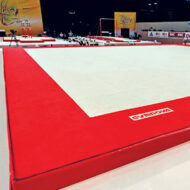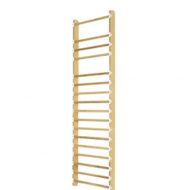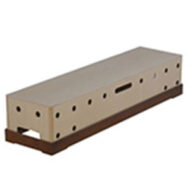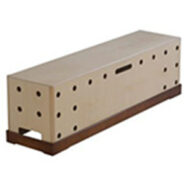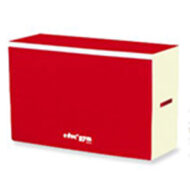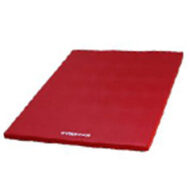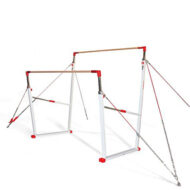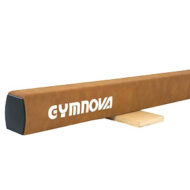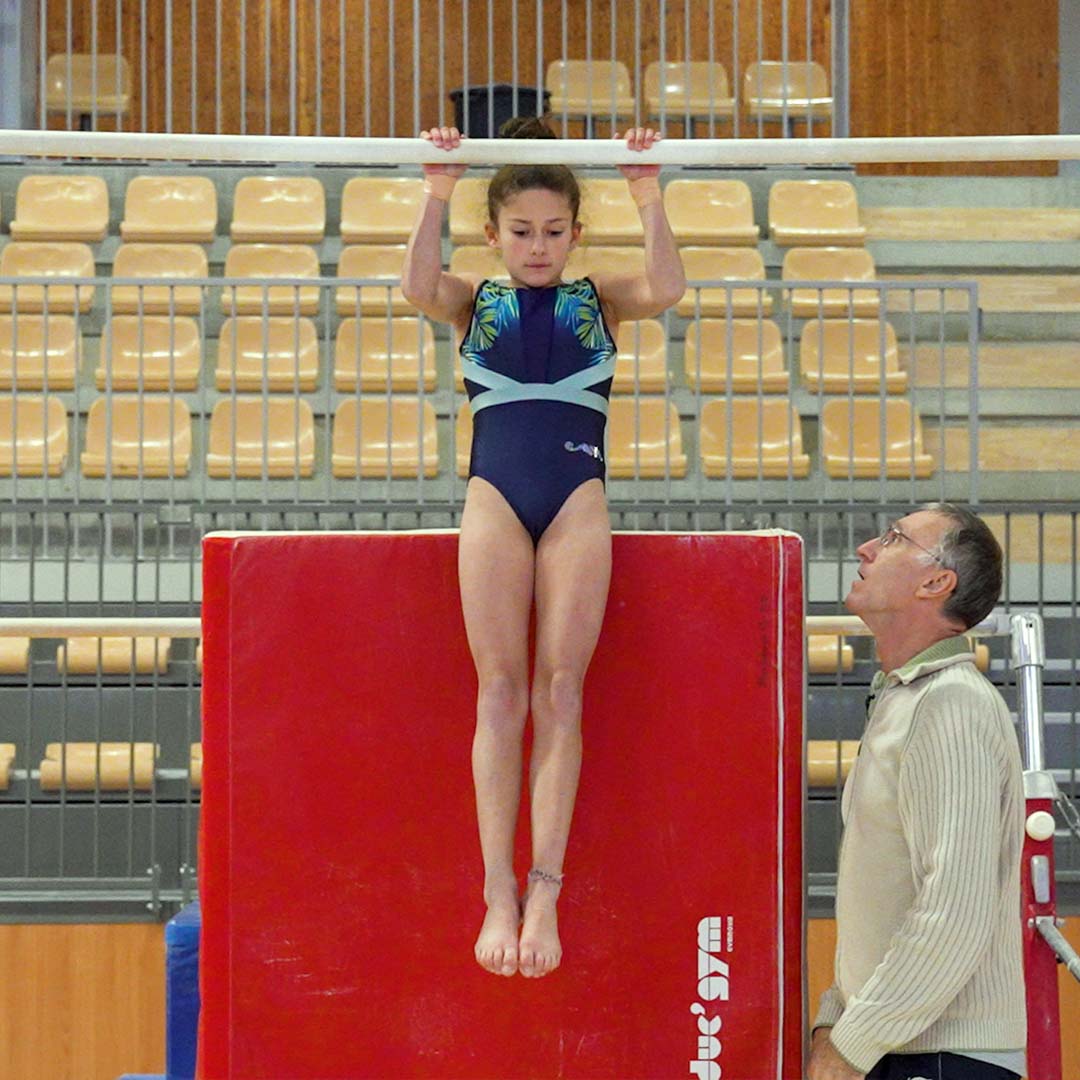How do I evaluate my gymnasts' level?
The tools for talent detection and evaluating the capacities needed for the practice of gymnastics



Eric Boucharin
How do I evaluate my gymnasts' level?
The tools for talent detection and evaluating the capacities needed for the practice of gymnastics
description
In any training process, we need to evaluate the level of the gymnasts that we are in charge of.
These tests let us know the starting point and so help us set up an appropriate training plan, plus they help us assess the level of progress all the way through a gymnast's career. The results obtained also help us to identify high potential gymnasts who can perhaps aim for a performance or high performance competition level, if they are interested in reaching this level of practice.
In this tutorial, your trainer will take you step by step through all the tests that help you carry out these evaluations.
We tackle three main areas: physical, technical and psychological. More specifically, you'll learn how to assess the explosive, power and endurance components of strength, as well as flexibility, balance and the level of coordination your gymnasts possess. Tables with different result variables, whether time, number of repetitions or distance, as well as the levels they correspond to, will help you easily establish the profile of your gymnasts.
The evolution of this data over the course of your working cycles will then help you to measure the quality of work done and the relevance of your training programs.
A second training course, on motor preferences in gymnastics, will complete this study. You will then have all the knowledge required for an objective evaluation of the level and potential of your gymnasts.
We hope you enjoy the training!



content
- Introduction to the training
- Tools for detecting talent
- Morphotypical criteria
- Traditional tests for evaluating physical capacities
- Evaluating the explosive component of strength
- Evaluating the endurance component of strength
- Evaluating muscle power in the legs
- Evaluating muscle power in the arms
- Summary table of levels according to performance in explosivity, power and endurance strength tests
- Evaluating flexibility
- Evaluating coordination
- Evaluating balance
- Evaluating technique
- Evaluating psychological qualities
- Conclusion
